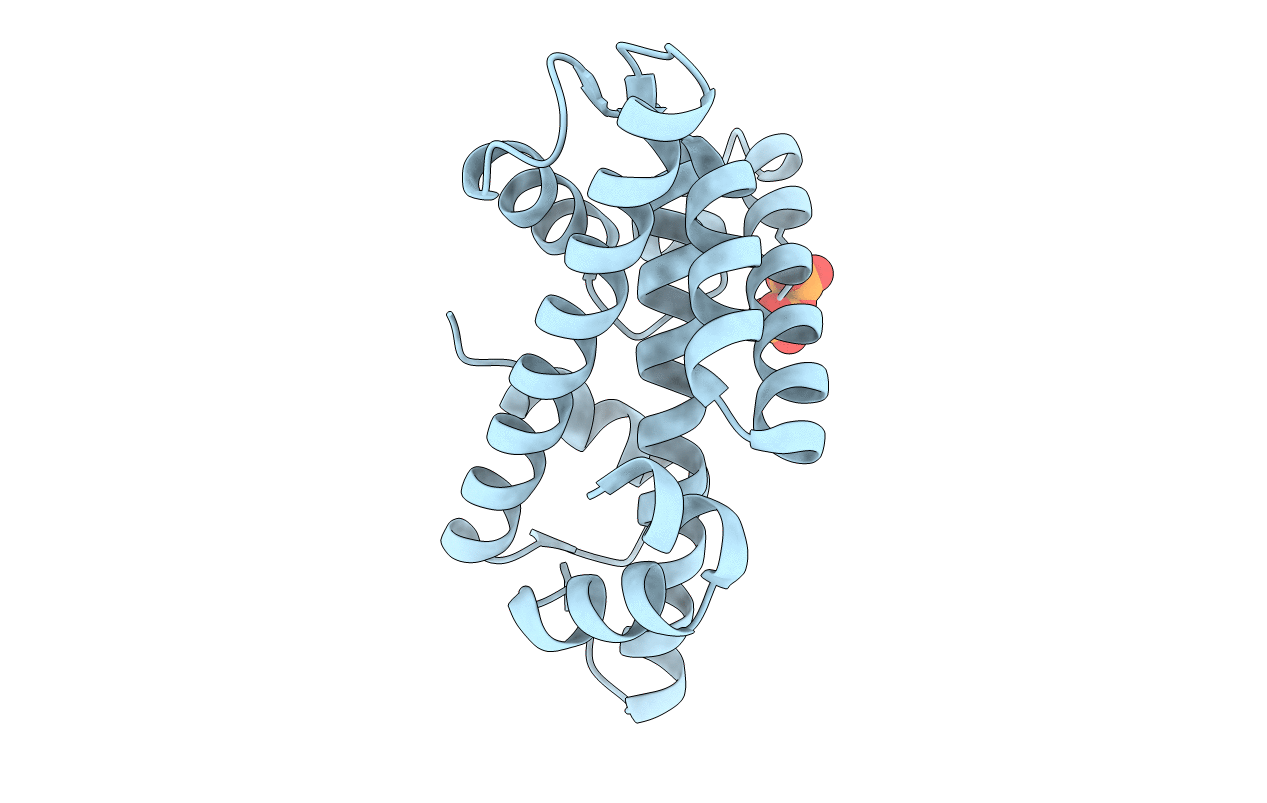
Deposition Date
2020-03-11
Release Date
2020-05-06
Last Version Date
2023-10-18
Entry Detail
PDB ID:
6W4L
Keywords:
Title:
The crystal structure of a single chain H2B-H2A histone chimera from Xenopus laevis
Biological Source:
Source Organism:
Xenopus laevis (Taxon ID: 8355)
Host Organism:
Method Details:
Experimental Method:
Resolution:
1.31 Å
R-Value Free:
0.20
R-Value Work:
0.16
R-Value Observed:
0.17
Space Group:
C 1 2 1


